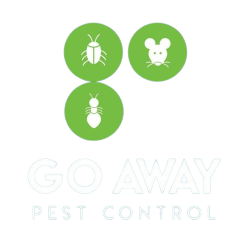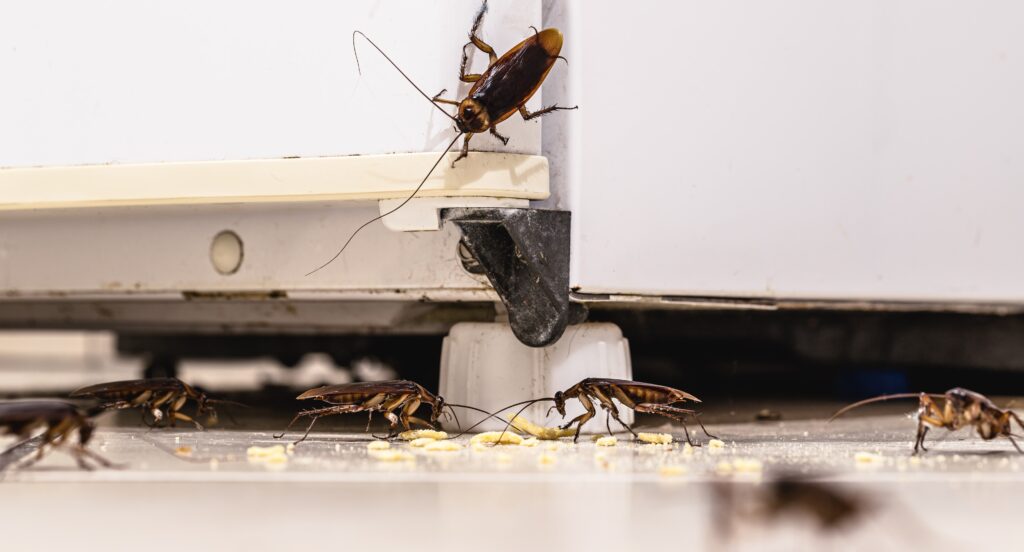As fall approaches and temperatures drop, various pests start seeking shelter in the warmth of your home. Here’s a detailed guide to help you prevent these unwelcome guests from invading your living space:
1. Seal Entry Points
Pests can enter your home through even the smallest openings. Start by inspecting the exterior of your home, paying close attention to areas where utilities enter, such as pipes, vents, and cables. Use high-quality caulk or expandable foam to seal cracks in the foundation, gaps around windows and doors, and any other potential entry points. Don’t forget to install or repair weather stripping around doors and windows, and consider using steel wool to fill larger gaps that rodents might chew through.
2. Keep Your Home Dry
Moisture is a major attractant for pests, especially in the fall when outdoor water sources start to dwindle. Ensure that your gutters are clear of leaves and debris, and check that downspouts are directing water away from your foundation. Inside the home, fix any leaks in pipes, faucets, and appliances. Use a dehumidifier in damp areas like basements, and make sure your attic has adequate ventilation. These steps will help keep your home dry and less attractive to pests like cockroaches, silverfish, and centipedes.
3. Store Firewood Properly
Firewood is a common hiding place for pests such as termites, ants, and even rodents. To prevent these pests from hitching a ride into your home, store firewood at least 20 feet away from your house and elevate it off the ground by at least 5 inches. This will not only reduce the chances of pests nesting in the wood but also make it less likely that they’ll find their way into your home. When bringing firewood indoors, only bring in what you plan to use immediately and inspect it for pests before doing so.
4. Trim Back Vegetation
Vegetation, especially if it’s touching your home, can serve as a bridge for pests to enter. Trim back tree branches, shrubs, and any overhanging plants that are close to your home’s exterior walls. Consider creating a gravel barrier around your home’s foundation, as this can discourage pests from crossing over. Additionally, keep your lawn well-maintained and remove any fallen leaves or debris, which can serve as hiding spots for pests.
5. Properly Store Food and Waste
Food is a major attractant for pests, especially in the fall when they are looking to store up for winter. Keep your pantry organized and store food items in airtight containers. This includes pet food, which is often overlooked but can be a significant attractant for rodents and insects. Dispose of garbage regularly and ensure that outdoor trash bins have secure lids to prevent pests from accessing food waste. Clean your kitchen thoroughly, paying special attention to areas where crumbs and spills can accumulate, such as under appliances and in pantry corners.
6. Declutter and Clean
Clutter provides pests with hiding spots and breeding grounds, so it’s essential to keep your home organized and clean. Declutter areas like basements, attics, and garages, where pests are most likely to hide. Store items in plastic containers with secure lids rather than cardboard boxes, which pests can easily chew through. Regularly vacuum and dust your home, especially in less frequently cleaned areas like behind furniture and appliances.
7. Install Door Sweeps
Gaps under exterior doors are an easy entry point for pests. Installing door sweeps can effectively block these gaps and prevent insects and rodents from entering. Be sure to check that your door frames are in good condition and consider adding a threshold to further seal the gap between the door and the floor. For added protection, you can also install door sweeps on interior doors leading to basements, garages, and other areas where pests might enter.
8. Regular Inspections
Even with all these precautions, it’s important to conduct regular inspections of your home, especially during the fall. Look for signs of pest activity, such as droppings, chew marks, or nests, and take immediate action if you notice anything suspicious. Early detection can prevent a minor pest problem from turning into a full-blown infestation.
By following these detailed fall pest prevention tips, you can significantly reduce the likelihood of pests making your home their winter refuge. Regular maintenance and vigilance are key to ensuring your home remains a safe and comfortable place for you and your family throughout the cooler months.



